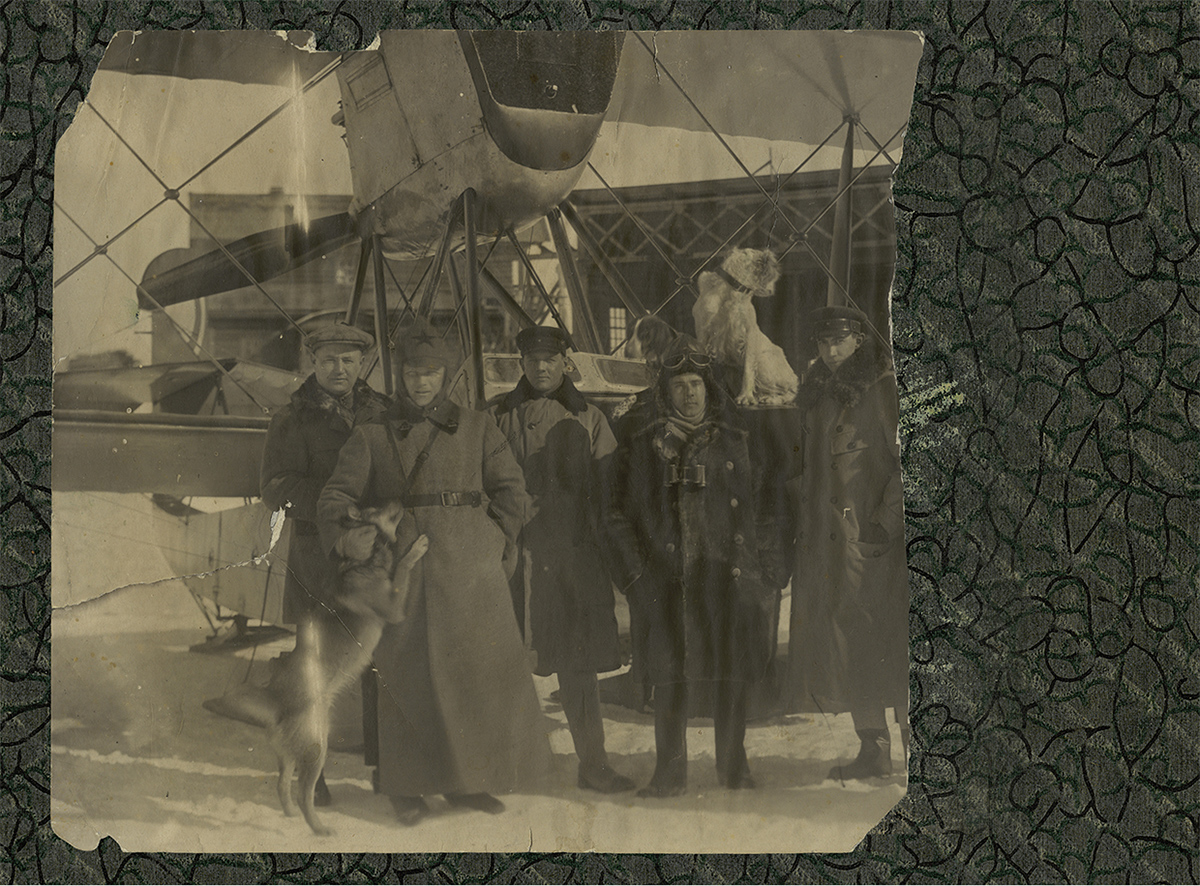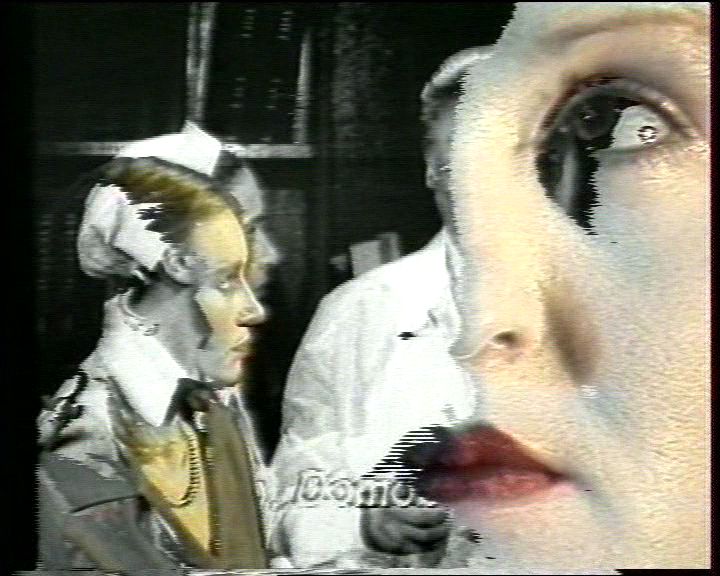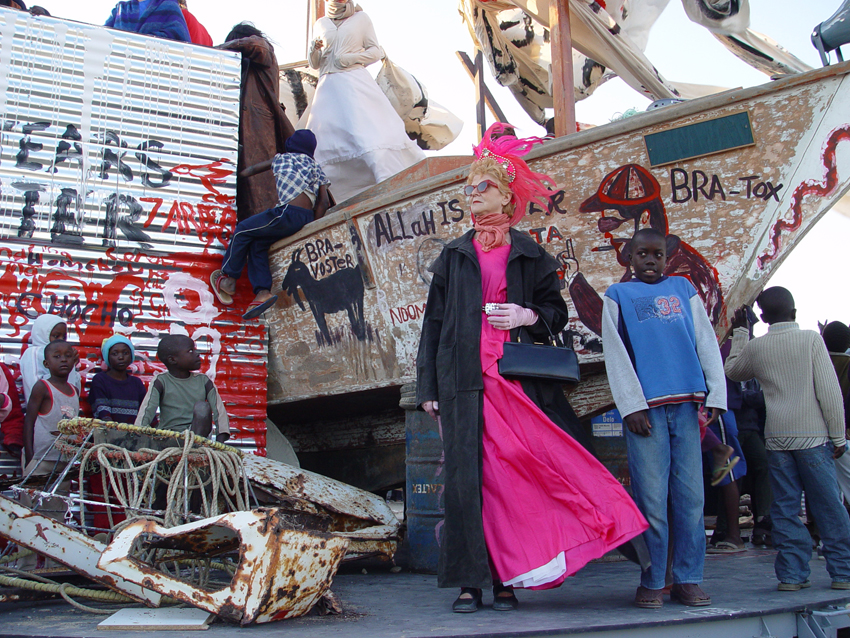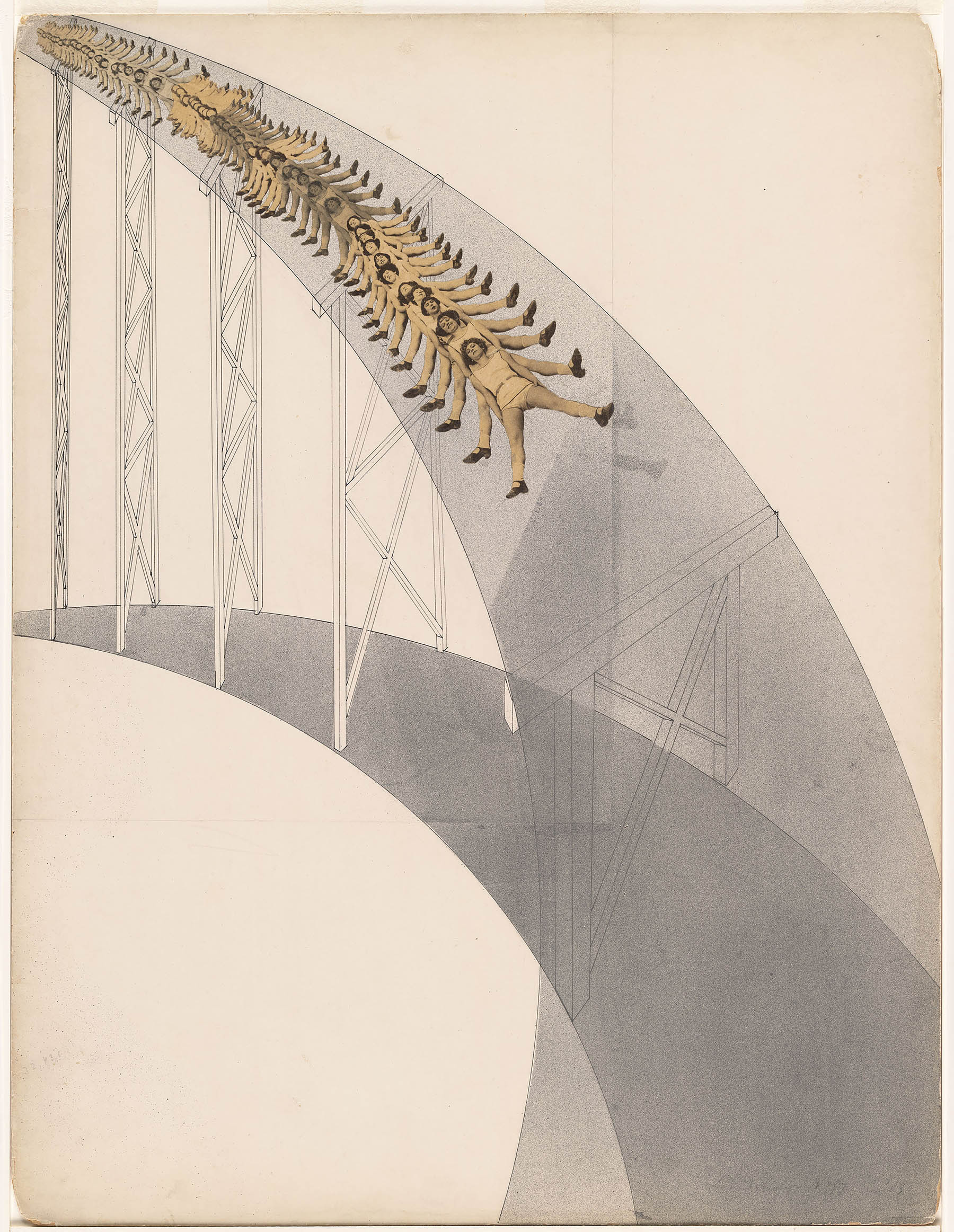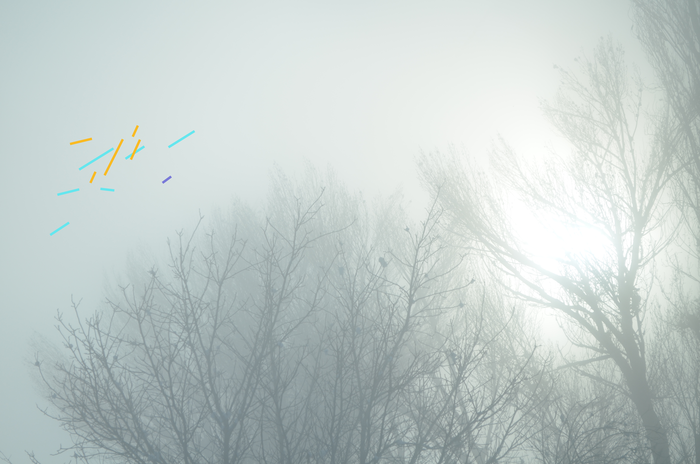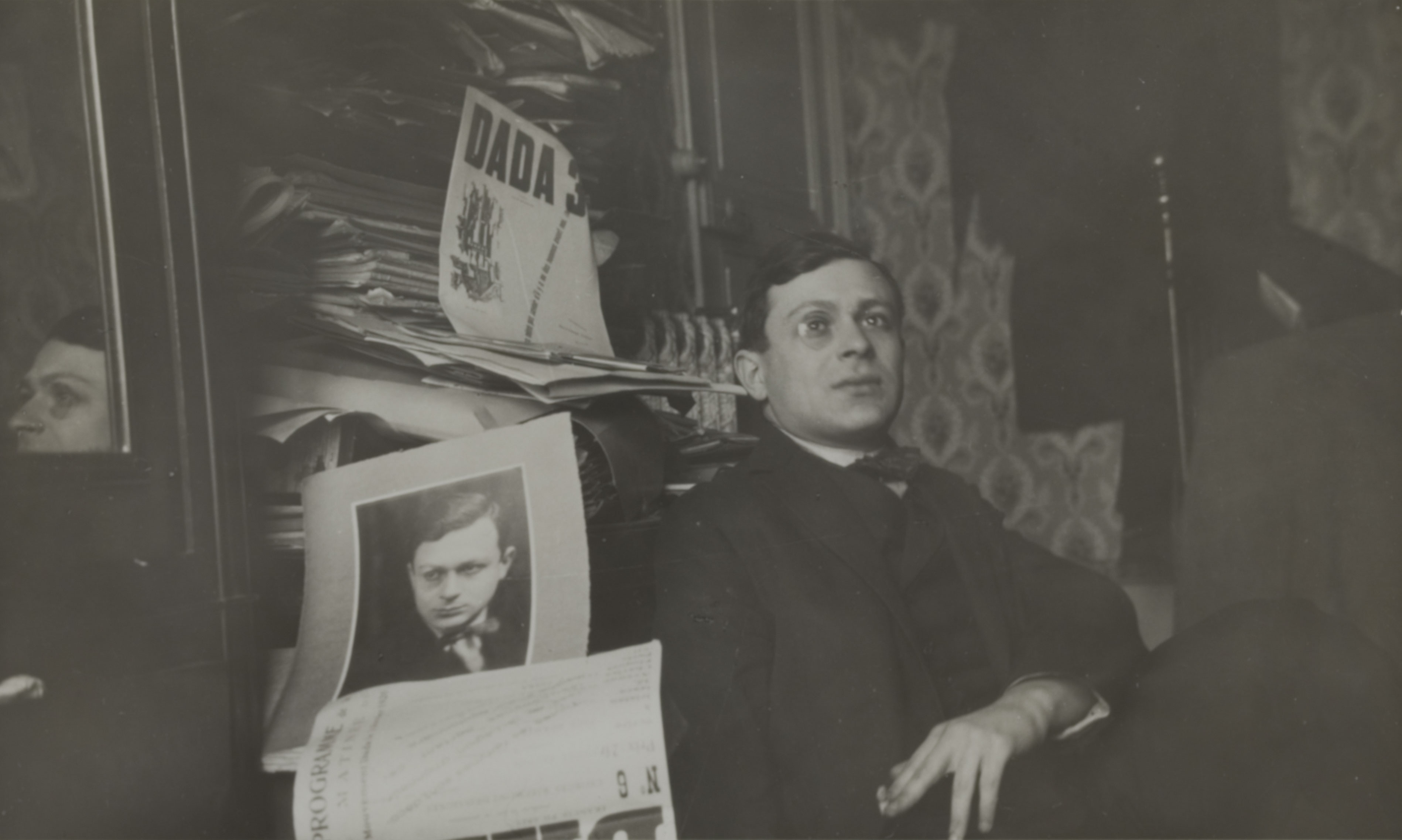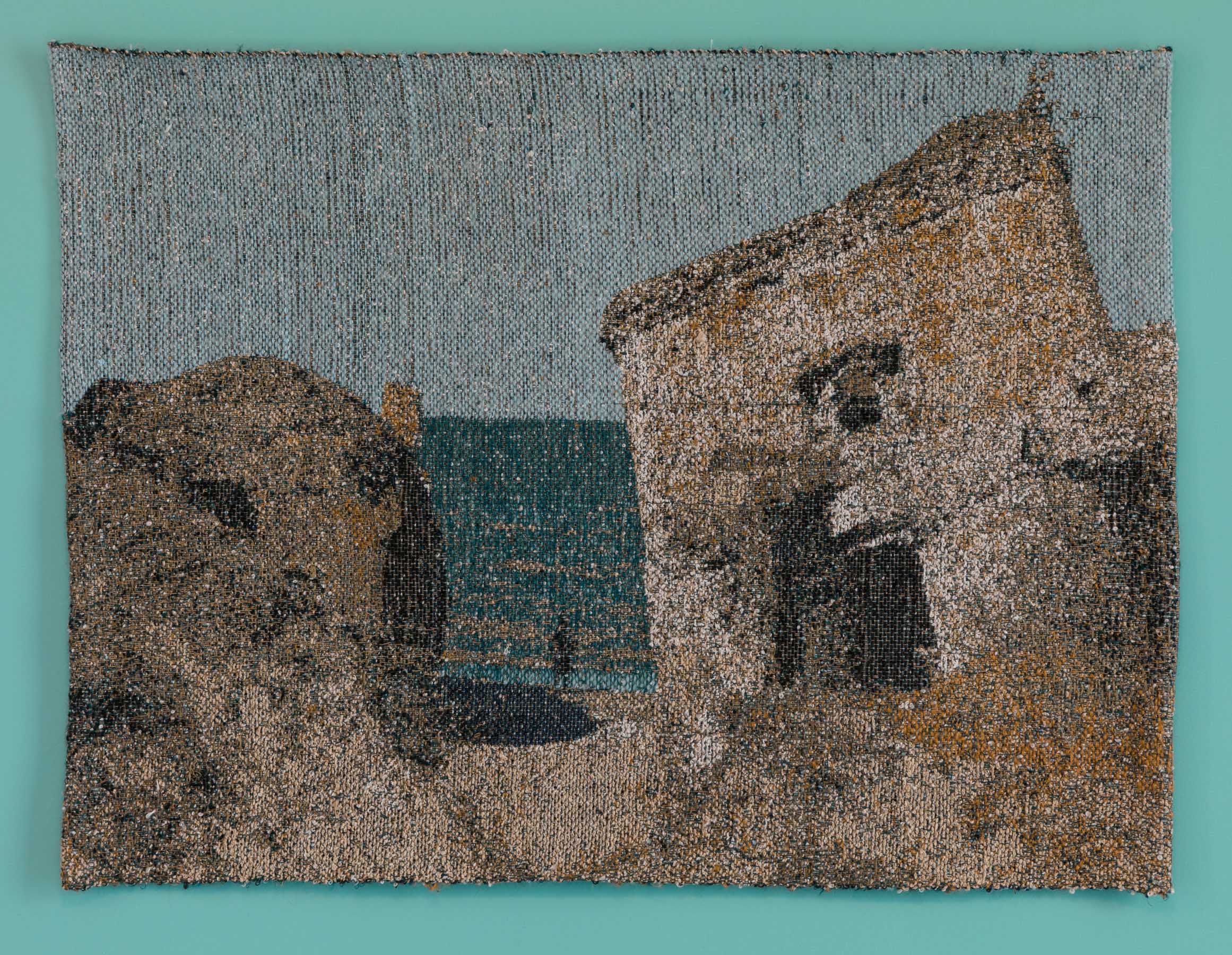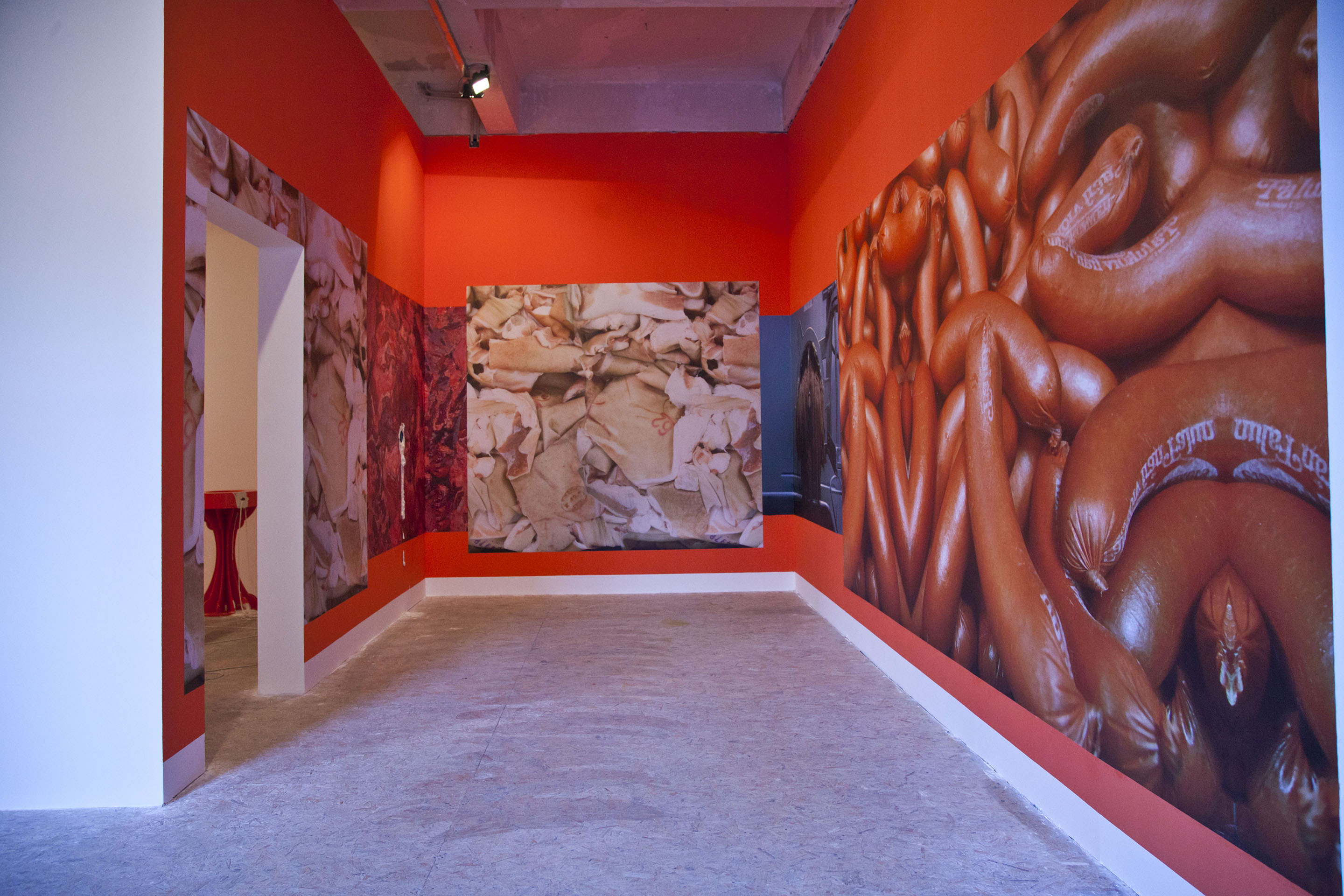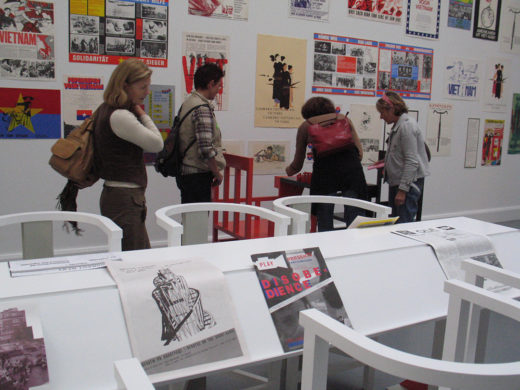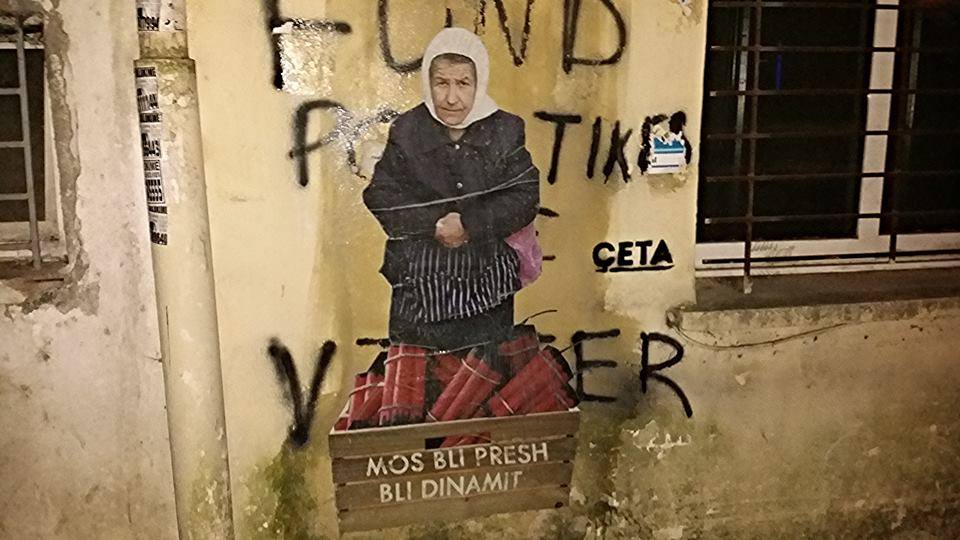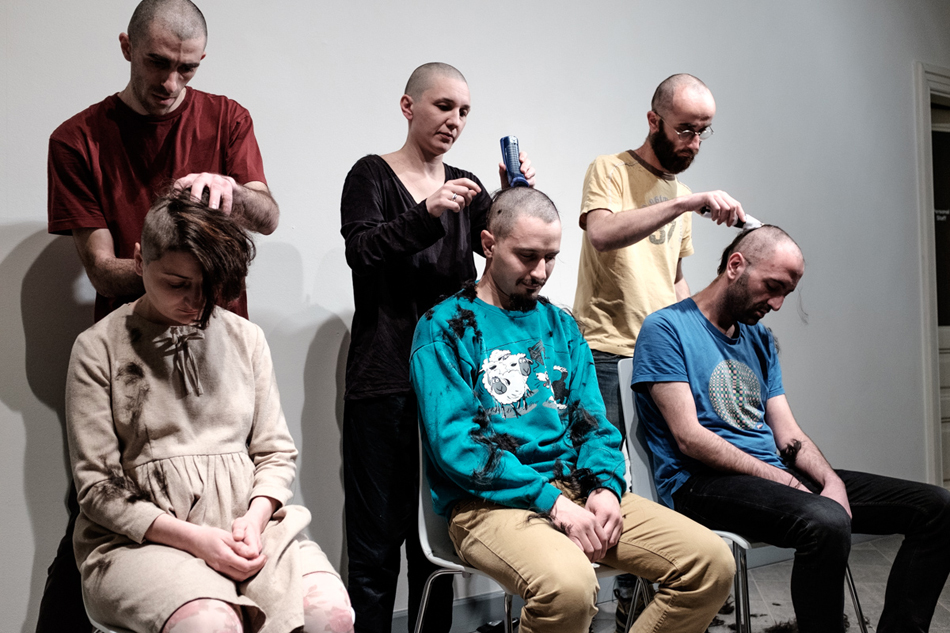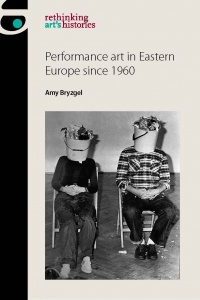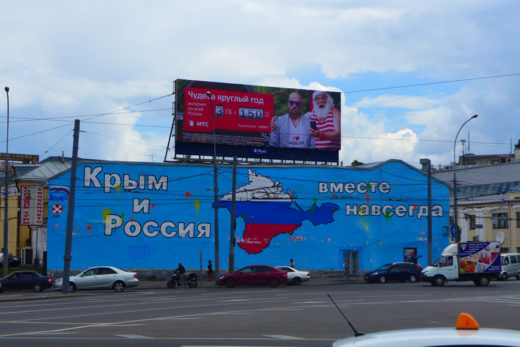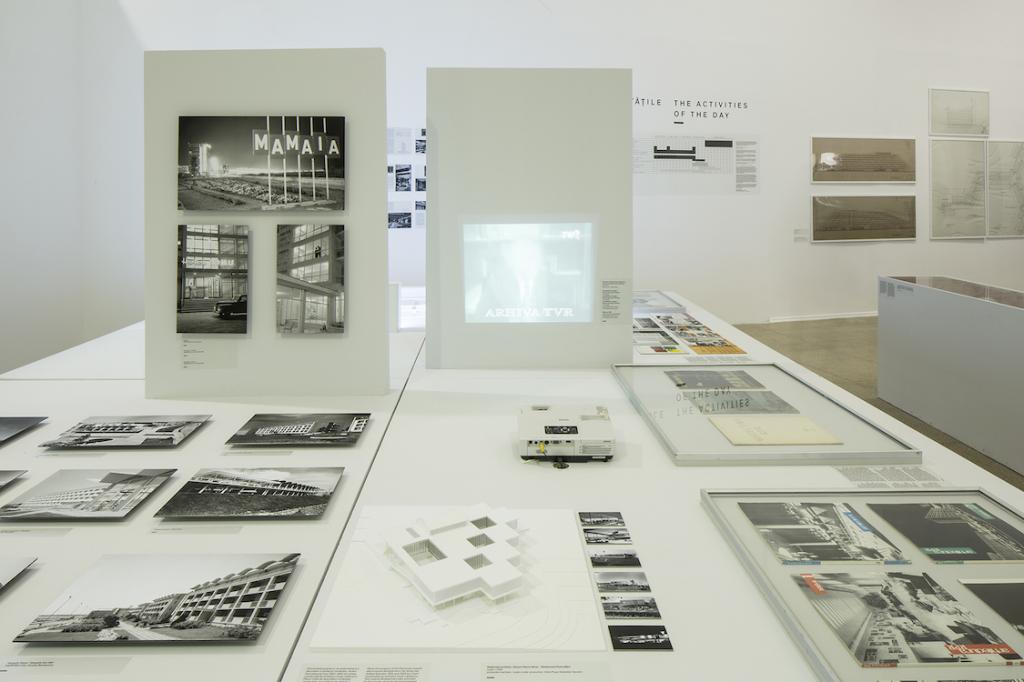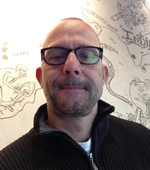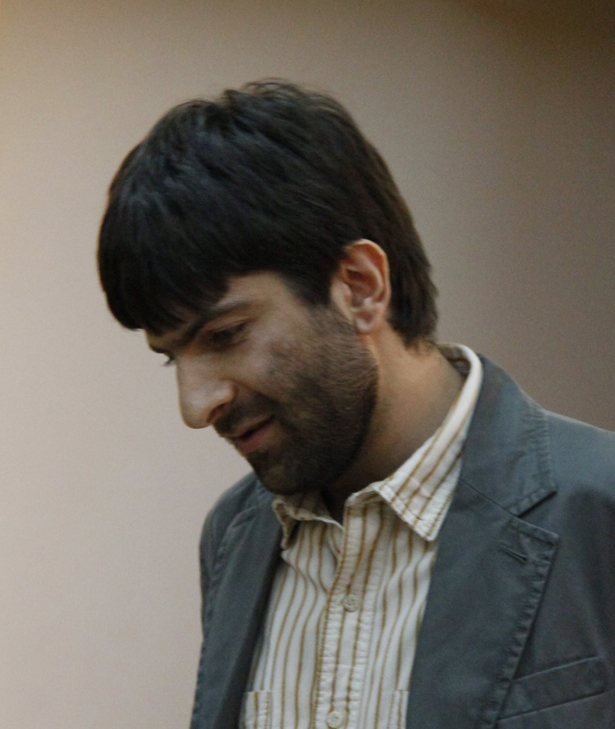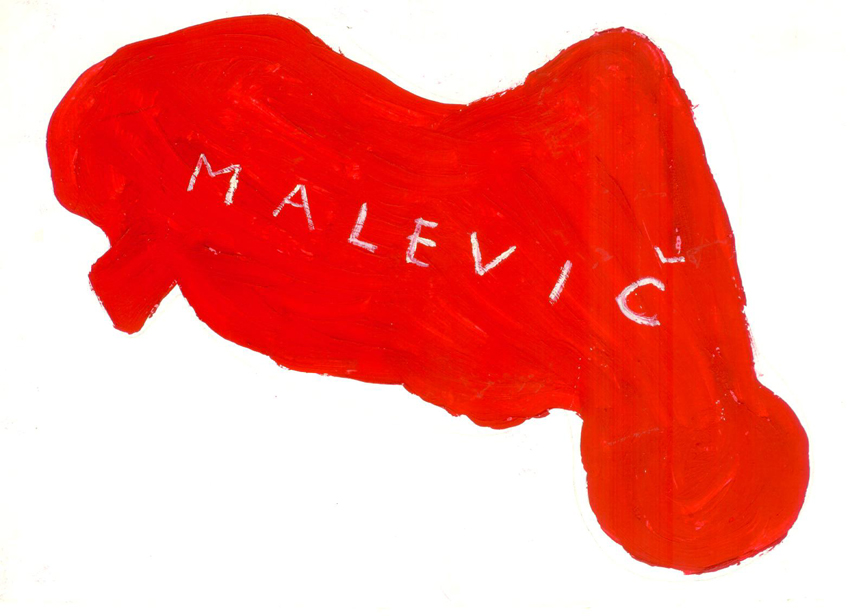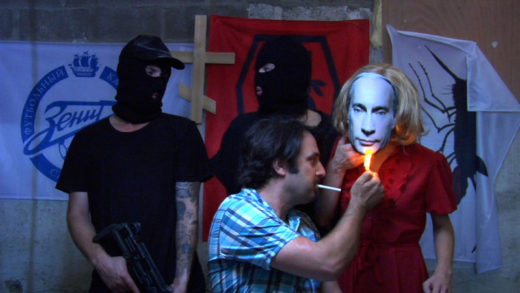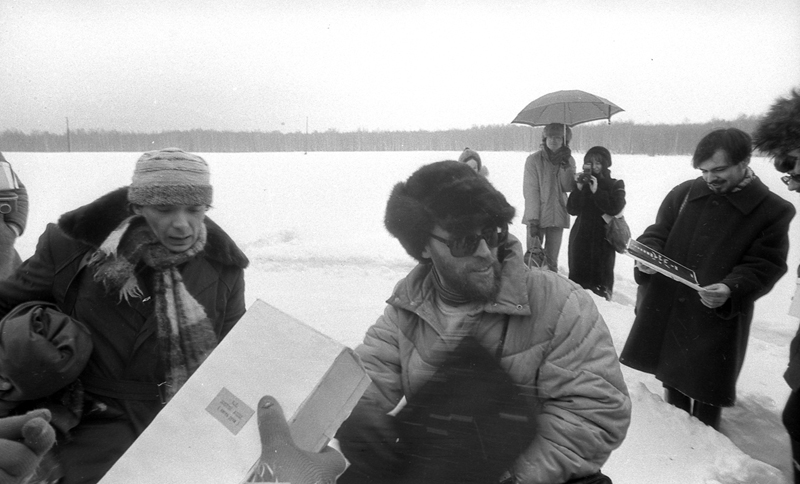The Agency of Lack: Mikhail Tolmachev on His Installation at the Moscow Gulag Museum
Mikhail Tolmachev was born in Moscow and lives in Leipzig. His work touches on questions of institutional memory and display, documentary history, and media archeology. Recent shows have included Sources Go Dark (Futura Center for Contemporary Art, Prague 2015); Beyond Visual Range (Armed Forces Museum, Moscow 2014); IK-00 The Spaces of Confinement, Casa dei Tre Oci, Venice, 2014; SLON (V-A-C Foundation, Palazzo Zattere, Venice, 2017).
Sven Spieker: In 2016 you presented an exhibition at the State Museum of Gulag History in Moscow that deals with materials from the museum’s archive, related to the Stalinist labor camp on the island of … Read more

